My son Will and I are on a mission to walk the Bruce Trail – all 900km of it – by Oct 2015. This article is part in a series that chronicles our hikes and hopefully sheds some light on what to expect through various portions of the trail: good places to rest, clean water refills, and even a hidden pub or two along the way.
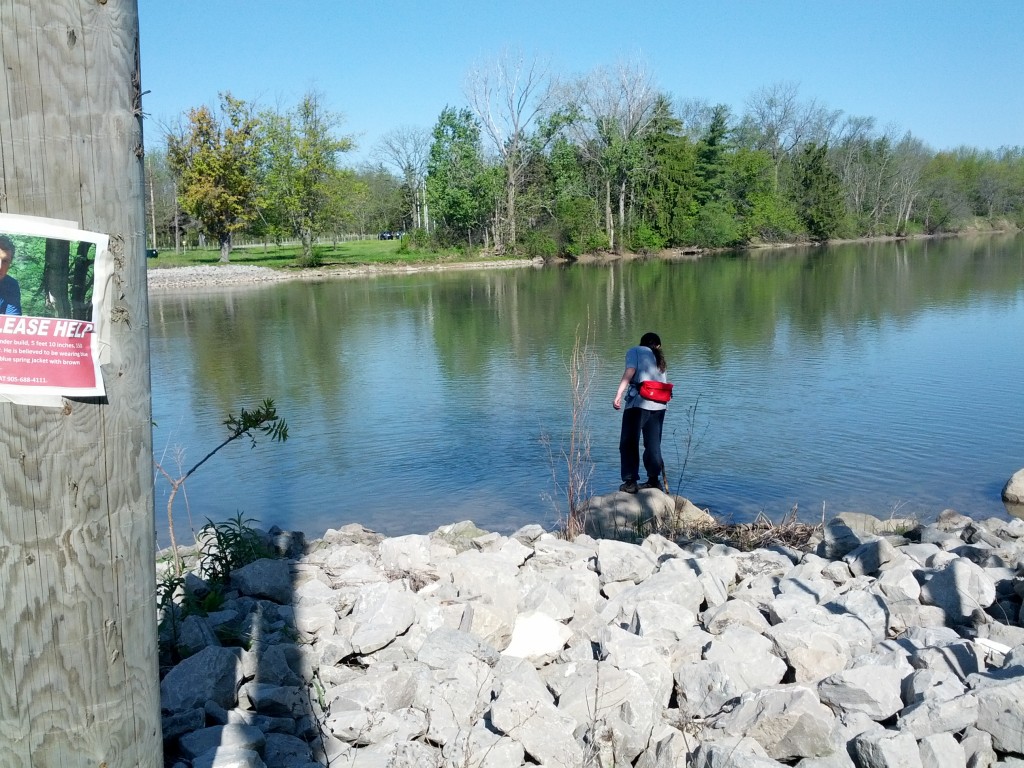
You’re never too old to stop and play in the water. Sadly leaflets for a missing person were placed along long sections of the trail, usually close to Ontario Hydro’s “Danger” warnings of steep drops to canals.
Support the Bruce! Whether you walk the trail or not, you can do your part to help preserve the Niagara Region UNESCO World Biosphere Reserve by purchasing a membership in the Bruce Trail Conservatory. Each year, the BTC spends millions in donations to buy and secure development-vulnerable land along the trail route for long-term conservation. Do the right thing, and pitch in to help!
Hiking Log, Leg 2: Niagara Region (56% complete)
(This is a raw copy of our log as recorded on the day. Don’t expect remarkable grammar or content).
Ingress: Niagara Club Region @22.6. Sun, May 25, 2014 7:15AM
Egress: Niagara Club Region @44.5. Sun, May 25, 2014 3:30PM
Total Travel This Leg: 21.9 km over appx 8h15 (total 28.1 including side trail loop, mud reroutes and lost trail, according to GPS).
Will is a morning person. For years, he has wanted to start our hikes at dawn and take the long, slow road through nature without a rush or planned exit point. This was our mantra for today – dawn start, evening pickup – as it let the rest of the family deal with other commitments.
We hit the showers at 4:30AM with plans to make trail ingress around 6:30, accounting for packing and the drive southwest. After a few equipment glitches (new day-pack), we wound up 45 minutes delayed and finally inaugurated the trek uphill at Tremont, leading out of St. Catherines at 7:15 AM.
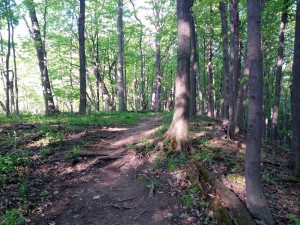
A picturesque portion of the trail at dawn, running through Brock University grounds. This section was dry and solid – a welcome rarity on this leg of the Bruce.
The Bruce necessarily passes through towns, and the city pavement here with no shoulder and a winding, steady up hill exacted an early toll early on our feet and energy levels. We soon entered the Brock University grounds which were serene and cool in the early morning, but otherwise unremarkable.
The mud started early. Many of the trails leading through Brock territory were heavily trenched by off-road motorcycles, which meant frequent side steps and underbrush cutting.
As the morning progressed, we encountered a large number of people on the trail, many of whom we suspect were university faculty/staff/students out for their morning constitutional. The heavy traffic made ‘bio breaks’ challenging, especially after pre-loading on coffee in anticipation of an 11-hour trek!
Portions of the trail directly pass through Brock’s back lots, and we were within arms length of the campus buildings at several points. Picnic tables and opportunities for rest abound in this area. It would also probably be quite easy to pop into one of the campus buildings to use the facilities, or even buy a meal at the cafeteria should the need suit a hiker.
Passing through the Ontario Hydro lands just past the University proved to be another major obstacle of mud and difficult underbrush. A machete or perhaps heavy shears would have made it easier to avoid the mud trenches, but our choices came down to either pushing through shrubs or filling our hiking shoes with mud. Wet feet are the bane of hikers, so we sucked up our scratches and scrapes and pressed on through the periphery.
The circumnavigation of Lake Moodie was one of the easiest portions of the hike, and helped make up for the time lost due to mud and brush-cutting earlier on. We stopped at the bridge to enjoy the calming waters and cool our heels.
Decew House Park was new to both of us. Will took a break at the picnic tables there while I found the trail direction and examined the old ruins.
The Morningstar Mill was our planned first major break, and we approached it somewhat road-weary but determined to press on even in the increasing heat. The volunteer guide provided an interesting tour, and we enjoyed a shaded picnic table on the museum lawn while picking at our (over-packed) food supplies. There was a clean water supply here which we used to refill Will’s water belt and to wash our face and arms.
We decided that with a large portion of the day still ahead of us, we would do a loop around the Black Walnut side trail and back to our starting point on the main Bruce again. This would add several kilometres to our hike, but Will was interested in that path.
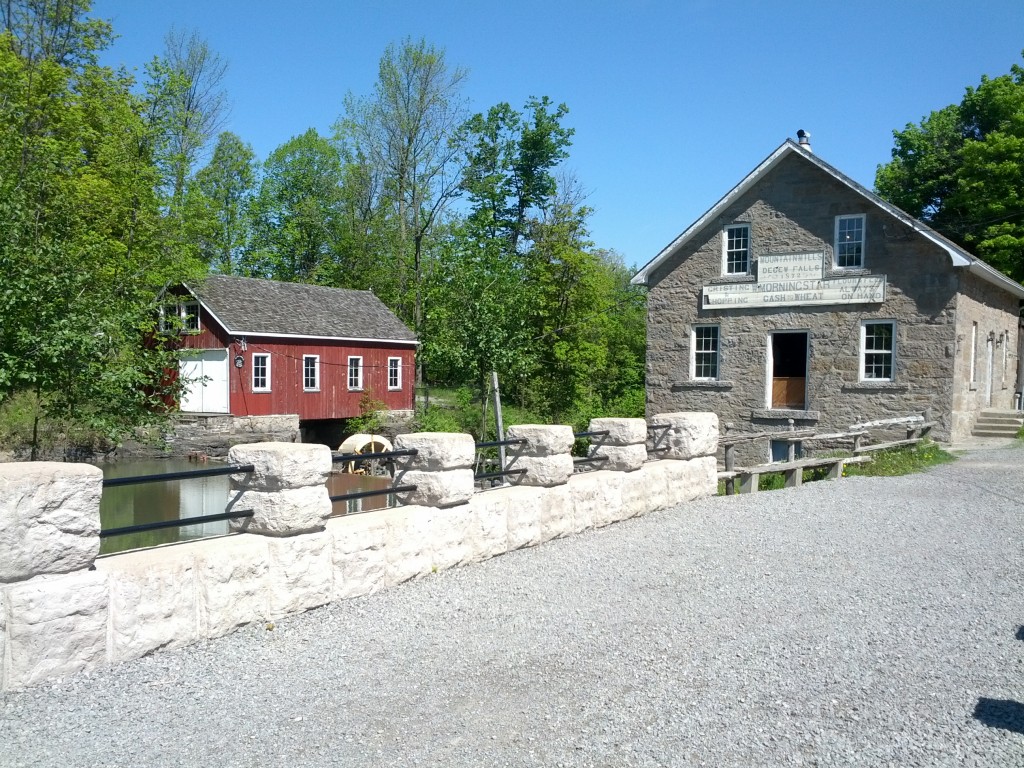
The Morningstar grist mill is a national museum with guided tours. It affords welcome amenities like shaded picnic tables and clean town water to refresh supplies.
The blue-blazed side trail turned out to be nearly impassable due to mud and fallen debris, but we persisted, veering a few dozen metres south west of the marked trail where water permitted. The side trail itself turned into a bit of a fiasco. Some risky mud-avoiding measures left us scratched and weary, and 6.5km behind, as we still had to back-track around again to the Bruce to correctly finish this region’s end-to-end.
While resting at a shaded bridge, a fellow hiker – stopping as well at this natural waypoint – informed us that difficulties on the Black Walnut and Swayze Falls routes caused her to turn back to ingress and make another path for the day. She looked the part of an accomplished, sturdy hiker so this news disheartened us, envisioning a repeat of the same treacherous Black Walnut we had just passed through. Swayze Falls was the only possible route to safe egress without a major retreat for the day, and no hope of pickup for several hours.
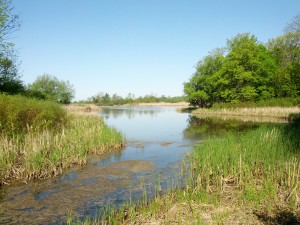
The long, cold winter and heavy snowfalls still leave their mark. Groundwater and mud were the name of the game on this hike.
A kind of cold determination washed over both of us as we moved through the wet grassy uplands of the Bruce towards Swayze falls. This was the general motif for the rest of the hike: we were now quite travel warn and the walk was quiet but determined.
We made Swayze Falls early afternoon, taking a respite there on a bench overlooking the water. A group of horse riders passed by, also dismounting for a break. One of them informed us these falls were frequently dry, and it was a rare site to see them running so vigorously.
With one major leg left for the day, we pushed on along the ridge toward egress. Wildlife abounded here, though houses and roads were never too far off. We observed a distinctly red-coloured racoon scurrying down a fallen tree and out of site. Shortly thereafter, we passed 2 white-tail deer – what I believed to be a female and male. The female scurried away immediately as we approached, but the buck stood his ground, whether curious, unafraid, or other. The male was finally scared away by a few loud bangs from my walking stick, for which I was thankful as neither of us was in any shape to tangle with an angry 300-lb animal!
We made egress at appx. 3:30 pm along the road leading to Balls Falls. This will be an inconvenient starting point, but with so many unforeseen problems today, we decided it was time to cut our losses and pick up here again next week.



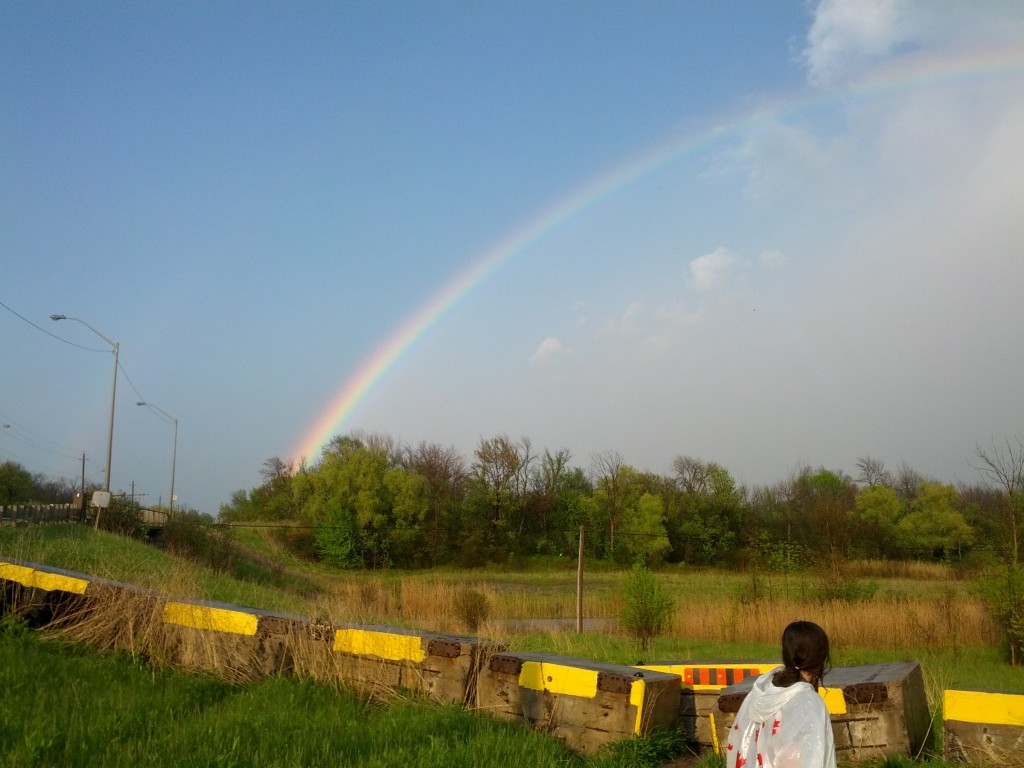
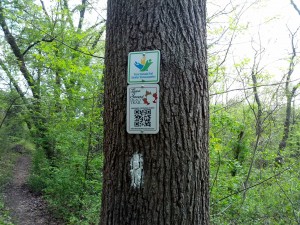
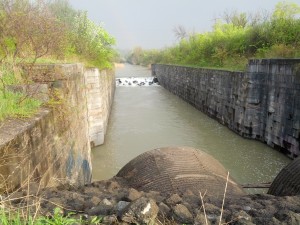
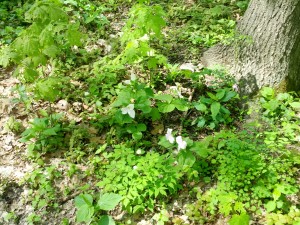

 Electric-assist bicycles have been around for a long time, and we’ve personally been using them here for about 5 years. Scooters are just recently starting to see real proliferation with the introduction of long-life lithium (LiFePO4) batteries, though many older models with lead-acid batteries are still available.
Electric-assist bicycles have been around for a long time, and we’ve personally been using them here for about 5 years. Scooters are just recently starting to see real proliferation with the introduction of long-life lithium (LiFePO4) batteries, though many older models with lead-acid batteries are still available. So the average Canadian is spending (conservatively) $850/month to own and operate a small domestic commuter vehicle, and about $1200/month for a van or SUV/crossover. You can fact-check our numbers
So the average Canadian is spending (conservatively) $850/month to own and operate a small domestic commuter vehicle, and about $1200/month for a van or SUV/crossover. You can fact-check our numbers 
 In upcoming articles, we will go into much more depth on topics such as battery technology, brands and dealerships, outerwear, gadgets, safety, environmental impact, and even maintenance and retrofits. We’ll also be launching a new site EbikeNation.ca with discussion boards, more articles and lots of in-depth reviews. Stay tuned and check back frequently for the latest on this new trend in clean, cheap transportation!
In upcoming articles, we will go into much more depth on topics such as battery technology, brands and dealerships, outerwear, gadgets, safety, environmental impact, and even maintenance and retrofits. We’ll also be launching a new site EbikeNation.ca with discussion boards, more articles and lots of in-depth reviews. Stay tuned and check back frequently for the latest on this new trend in clean, cheap transportation!